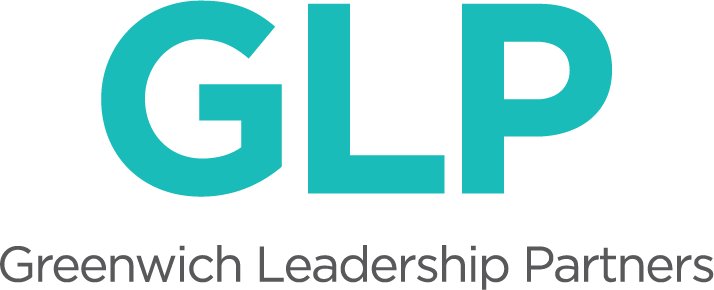The past year has been a whirlwind at GLP. Almost exactly a year ago we were getting ready to fly out to Park City for the premiere of Most Likely to Succeed at the Sundance Film Festival—an exciting debut after two years of working with visionary people. While at Sundance, we spent a lot of time with members of the High Tech High team and agreed to come and visit in February. Since then, we’ve been out to San Diego five times and are on the faculty for High Tech High’s Education Leadership Academy (ELA) and why that is important (and relevant, we promise) is because that program model is where the inspiration came for our Strategic Planning Institute.
We saw the incredible value in the concept of a program designed for schools to come and learn together, in service of their students, faculty, leadership and community. At the ELA, teams of teachers and administrators commit to developing a leadership project for their school and come out to San Diego three times during the year to learn, design, and deliver a final exhibition of their projects in May. Instead of a one-off professional development experience where you are inspired but aren’t sure how to implement what you’ve learned, ELA employs a collaborative design and execution process centered on the real work of equity and deeper learning.
As part of the faculty helping these schools along this path to school change, we had an epiphany: after that first weekend in October, we wondered why we couldn't leverage this model of learning for the work of strategic planning. How could we help schools design strategy by coaching them to own the work, rather than serving in the traditional consulting capacity? While there is incredible value in hiring an outsider to come and structure the process, work with your community and design your plan (this is still work we love to do!), there is a different benefit in being able to empower people at your school—providing them with the leadership, facilitation, and planning skills—to do the work. You build leadership capacity at your school throughout the process of strategic planning instead of hiring that capacity in the form of a consultant.
We have done a lot of thinking and research as we’ve developed the SPI, and one step was interviewing past clients of ours about what was critical in our engagement and asking where they could have used more support and help. What we heard is that having us visit campus and meet with leadership and governance is very important—having a real sense of the place and getting to know the people and the unique opportunities and challenges they face makes them feel known and supported in the process. So that’s why we built in the diagnostic visit at the beginning of the SPI. We will come to your school, learn about your community, listen to you and get to know you better, so we are ready to be effective coaches for your planning process during the year.
A challenge that we heard from schools is that they struggle when the handoff occurs, when the plan is approved and the implementation moves fully into the ownership of the school. They have the tools and we often coach through the early phases, but when they are the ones that need to drive the work, it can be intimidating and suddenly fall on top of everything else they have happening at school—and we know that’s a lot! Our goal in this design was that by teaching, coaching, and empowering the teams at your school to run the process and development of the strategic plan, there will be a deeper ownership of the work that will translate more seamlessly from planning to execution mode. Strategy is doing, and the best learning is by doing—your team will be executing on campus already throughout the process.
Another piece of the ELA that we find so powerful is the opportunity to work with other school teams, learning and reflecting together. Every school is different and context is important, but there are real opportunities for developing deeper relationships across schools and networks: Where do you workshop problems when back on campus? How can you use other teams' approaches as the mirror to more fully understand your own or see issues before they arise? We believe the value of tackling the same project (the strategic plan) and being able to work through those issues with the guidance of the GLP team, the incredible guest faculty that we are assembling with expertise outside of schools, and with others who are in schools facing similar roadblocks or breakthroughs is a powerful combination. Your strategy will not be designed in a bubble, and when you hit a tough moment or want to celebrate a success, our SPI community will be there.
And while this particular approach to strategic planning is new for us, we have years of experience that we are hungering to share with more schools; by developing those capacities inside your school, when you leave SPI you are positioned to work in strategic thinking and design mode all the time. Strategy shouldn’t only be happening every five years when you need a new plan or when accreditation comes up—we want to develop your people to operate in a model where you are constantly considering the values, vision and student outcomes that are most important and how you work to achieve that everyday.
We understand the uncertainty that comes with trying something new and breaking out of the traditional mold (we are doing it right now!), but we created the SPI because we believe it is important work and feel passionately that developing the people in your school, creating relationships beyond your campus, and learning and working together will bring your strategic plan to life in a powerful way that will positively impact your students, faculty and staff, leadership, and community.
You can learn more about the Strategic Planning Institute here.
